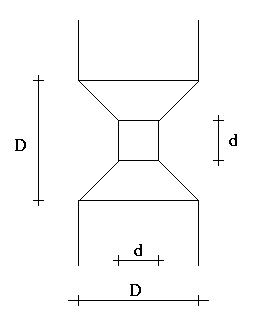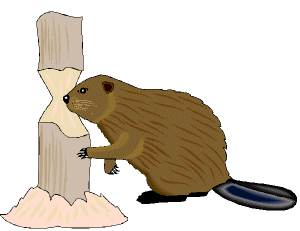标签:
| Time Limit: 1000MS | Memory Limit: 65536K | |
| Total Submissions: 6310 | Accepted: 4158 |
Description

 When chomping a tree the beaver cuts a very specific shape out of the tree trunk. What is left in the tree trunk looks like two frustums of a cone joined by a cylinder with the diameter the same as its height. A very curious beaver tries not to demolish a tree but rather sort out what should be the diameter of the cylinder joining the frustums such that he chomped out certain amount of wood. You are to help him to do the calculations.
When chomping a tree the beaver cuts a very specific shape out of the tree trunk. What is left in the tree trunk looks like two frustums of a cone joined by a cylinder with the diameter the same as its height. A very curious beaver tries not to demolish a tree but rather sort out what should be the diameter of the cylinder joining the frustums such that he chomped out certain amount of wood. You are to help him to do the calculations. Input
Output
Sample Input
10 250 20 2500 25 7000 50 50000 0 0
Sample Output
8.054 14.775 13.115 30.901
Source
分析:
数学题
1 #include<iostream> 2 #include<queue> 3 #include<cstdio> 4 #include<cstring> 5 #include<cmath> 6 using namespace std; 7 #define pi 3.1415926 8 int main(){ 9 double d,v; 10 while(cin>>d>>v){ 11 if(d==0&&v==0){ 12 break; 13 } 14 double a=d*d*d-6.0*v/pi; 15 a=pow(a,1.0/3); 16 printf("%.3f\n",a); //写成printf("%.3lf\n",a);是错的
17 }
18return0;
19 }
标签:
原文地址:http://www.cnblogs.com/Deribs4/p/4283178.html